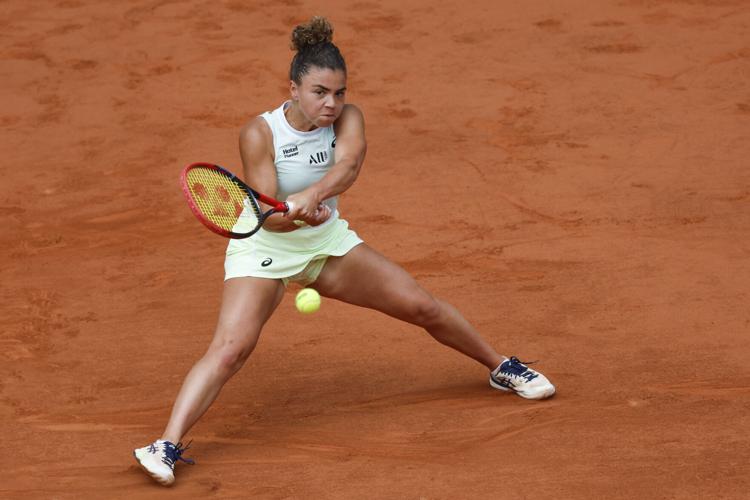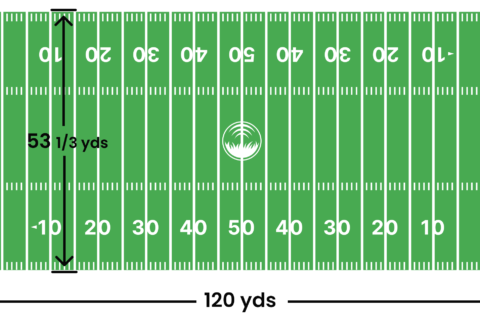When we watch tennis stars battle it out on the court, we’re often amazed by their stamina and agility. These athletes perform at their peak during Grand Slam tournaments. A 5-set match in such events is the ultimate test of their endurance. Have you ever wondered about the number of calories they burn during these grueling matches?
The Energy-Sapping Nature of Tennis
Tennis is a sport that demands high levels of physical effort. It involves quick bursts of speed, intense rallies, and strategic play. Each point is a physical and mental challenge. In a 5-set Grand Slam match, the intensity is even higher. This is due to the match’s potential length and the high stakes involved.
Calories Burned: Factors to Consider
Calculating the exact number of calories burned can be complex. There are several factors at play. These include a player’s weight, age, gender, and metabolism. The match’s duration and the intensity of play also impact the total caloric burn. Let’s break down these factors:
- Weight: Heavier individuals tend to burn more calories.
- Age: Younger athletes may have a higher metabolic rate.
- Gender: Men often burn calories at a faster rate than women.
- Metabolism: This is the rate at which your body uses energy.
- Match Duration: Longer matches mean more calories burned.
- Intensity: High-intensity play increases caloric expenditure.
A Closer Look at Caloric Burn
During a 5-set Grand Slam match, players can be on the court for several hours. They are constantly moving, sprinting, and hitting the ball with force. Estimates suggest that male tennis players can burn between 400 to 700 calories per hour. Female players might burn slightly less, due to generally having less muscle mass.
If we consider a match that lasts for 3 hours, a male player could burn around 1200 to 2100 calories. For a match that extends to 5 hours, the numbers could soar to 2000 to 3500 calories. These are rough estimates and can vary widely from player to player.
Impact of Match Intensity
The intensity of a match plays a significant role in the number of calories burned. High-stakes matches, like those at Grand Slams, often feature long rallies and high-intensity points. This further increases the energy expenditure of the players.
Table of Estimated Calories Burned
| Duration of Match | Estimated Calories Burned (Male) | Estimated Calories Burned (Female) |
|---|---|---|
| 1 Hour | 400 – 700 | 320 – 560 |
| 3 Hours | 1200 – 2100 | 960 – 1680 |
| 5 Hours | 2000 – 3500 | 1600 – 2800 |

Credit: wiscnews.com
Recovery and Nutrition
After burning such a significant number of calories, recovery is vital. Players need to replenish their energy stores. They often consume a balanced mix of carbohydrates, proteins, and fats. Hydration is also crucial, as they lose fluids through sweat.

Credit: popcorntennis.com
Conclusion
In conclusion, 5-set Grand Slam tennis matches are intense affairs. They can lead to a substantial calorie burn for the players. The exact number varies based on several personal and match-related factors. Nonetheless, it’s clear that tennis players are among the top athletes when it comes to physical endurance and caloric expenditure during matches.
Final Thoughts
Understanding the caloric burn of tennis players is fascinating. It gives us insight into the physical demands of the sport. It also highlights the importance of fitness and nutrition in their performance. So, next time you’re watching a Grand Slam, remember the incredible effort these athletes are putting in. They’re not just playing a game; they’re pushing their bodies to the limit!








